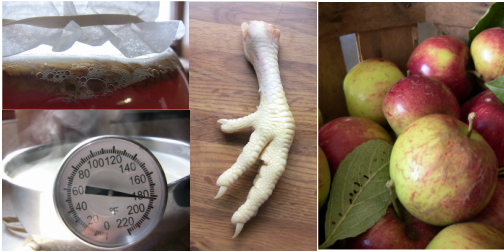Heirlooms, Hybrids & GMOs
Before I talk about methods, I'd like to clear up some confusion about organic, heirloom, non-GMO and hybrid seeds. This is something I've only begun to learn about, but knowing the difference between the four can save you some $$.
So in the last few years, people have made a big deal about GMO seeds and struck fear into the hearts of many. At the same time, there has been a lot of talk about "heirloom" seeds. My understanding used to be that all non-heirloom seeds were GMOs and that you couldn't save them to use again. This belief is a product of marketing genius on the part of heirloom seed peddlers and promoters.
There is no "heirloom certification", which means that the term 'heirloom' is up to interpretation. Mostly it just means that the seed is an old variety. GMOs were only invented recently, which means that a 100-year-old plant variety is obviously not a GMO. This is why heirloom seeds are promoted as "non-GMO".
The truth is that most garden seeds are not GMOs. GMO seeds are created for big-scale corn, wheat, and soybean farmers. Some of these seeds are called "Round-up Ready", which means you can spray weedkiller all over the entire field and it will not kill the corn, only everything else. Obviously most small-time home gardeners are not going to spray their entire garden with Round-up (we're not THAT lazy!), so there is no market for GMO seeds among home gardeners. Most mail-order seed catalogs will not have GMO seeds. They may state this somewhere in the catalog, but if not, you can call to make sure before buying.
HYBRID seeds are what you want to avoid when planting a garden to save seeds. Hybrid seeds are NOT GMOs. A hybrid seed is like a mule. Mules are the offspring of a female horse and a male donkey. A mule is a naturally occurring animal, but it can't reproduce. Hybrid seeds are the same way. It's not like eating a hybrid will kill you; it just can't reproduce well. Usually the seed packet will say "hybrid" on the front, so you can tell savable seeds from non-savable.
How To Save Seeds
Now for the actual seed saving! The easiest seeds to save are beans. All you have to do is set aside one bean plant (I picked one at the end of the row) and wait until the pods mature, get brown and shrivel up. Then, simply shell the beans. I stored my been seeds in a baby food jar at room temperature over winter, and they sprouted just fine. This year my crop of beans was entirely free. I actually MADE money on my beans from selling them at the farmers market.
Broccoli, radishes, mustard and other members of the Brassica family send out tall shoots that grow little pods, similar to a bean. These are harder to shell than a bean, but still simple to find.
Herbs like dill, fennel, and cilantro grow rather large seeds. These are fantastic seeds to save because not only can you grow plants with the seeds, but you can also cook with them. Cilantro seeds are actually sold as a completely different spice: coriander.
Note: I am not a seed-saving expert. It is probably best to look up seed-saving methods for each different plant that you want to keep seeds from. Some plants have seeds that are small and hard to find. Carrots, I recently found out, cross pollinate with wild varieties unless you put a cage over them and add pollinating insects to the cage. Which is a bummer for me, because I waited two years for my carrots to go to seed. Live and learn.
Do you save seeds? What are your tips and tricks?
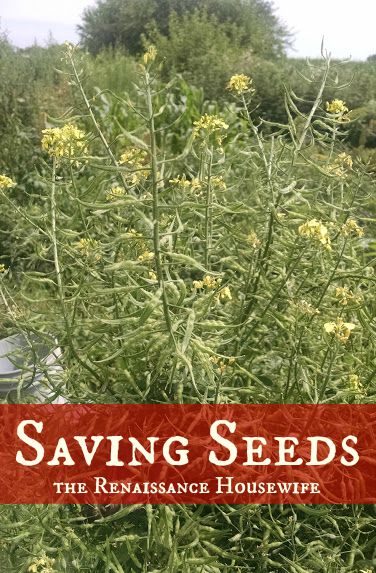
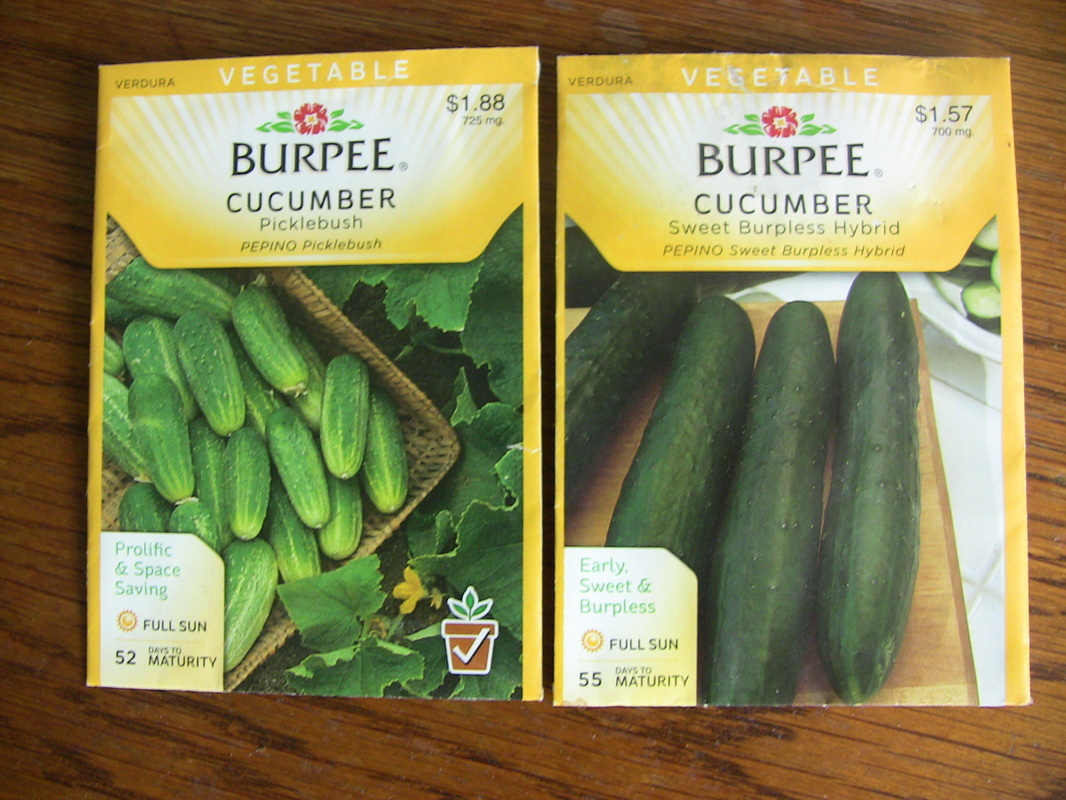
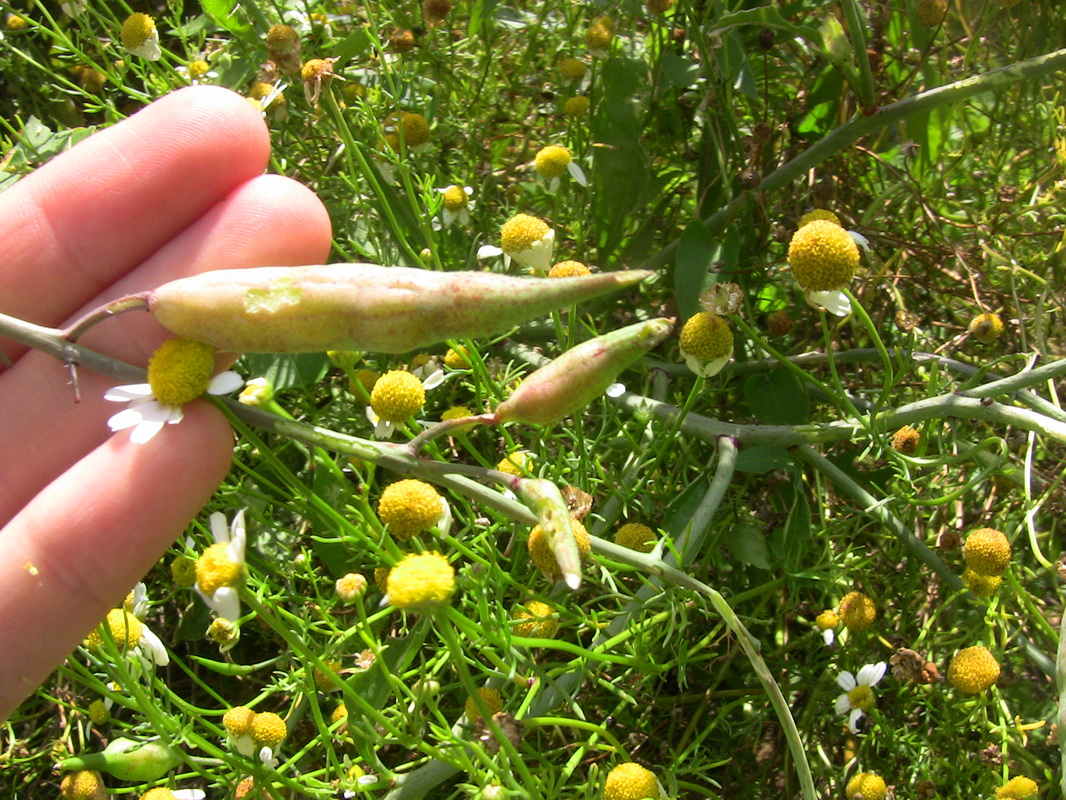
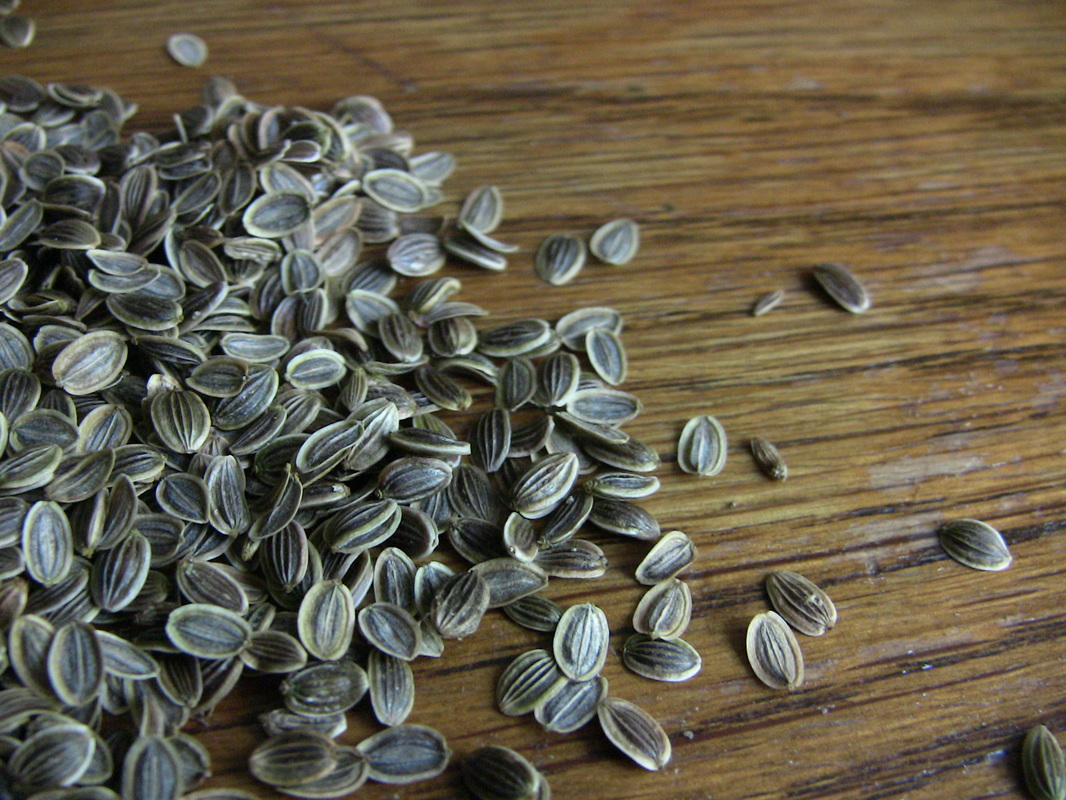

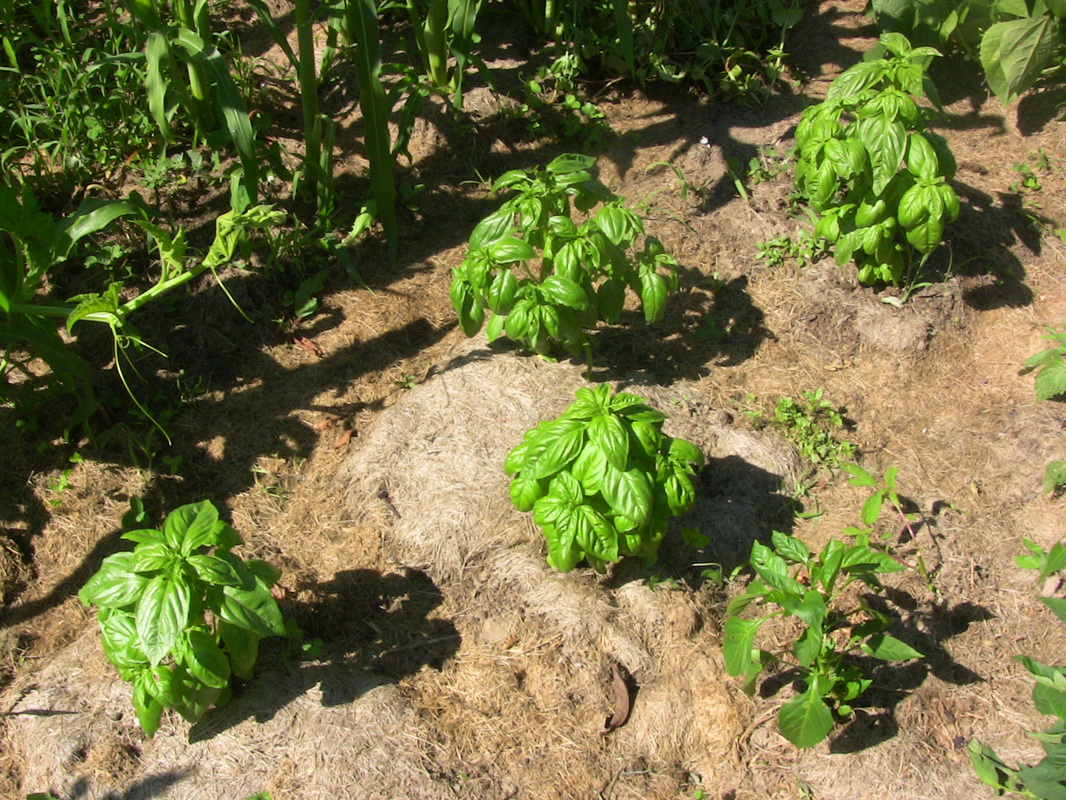
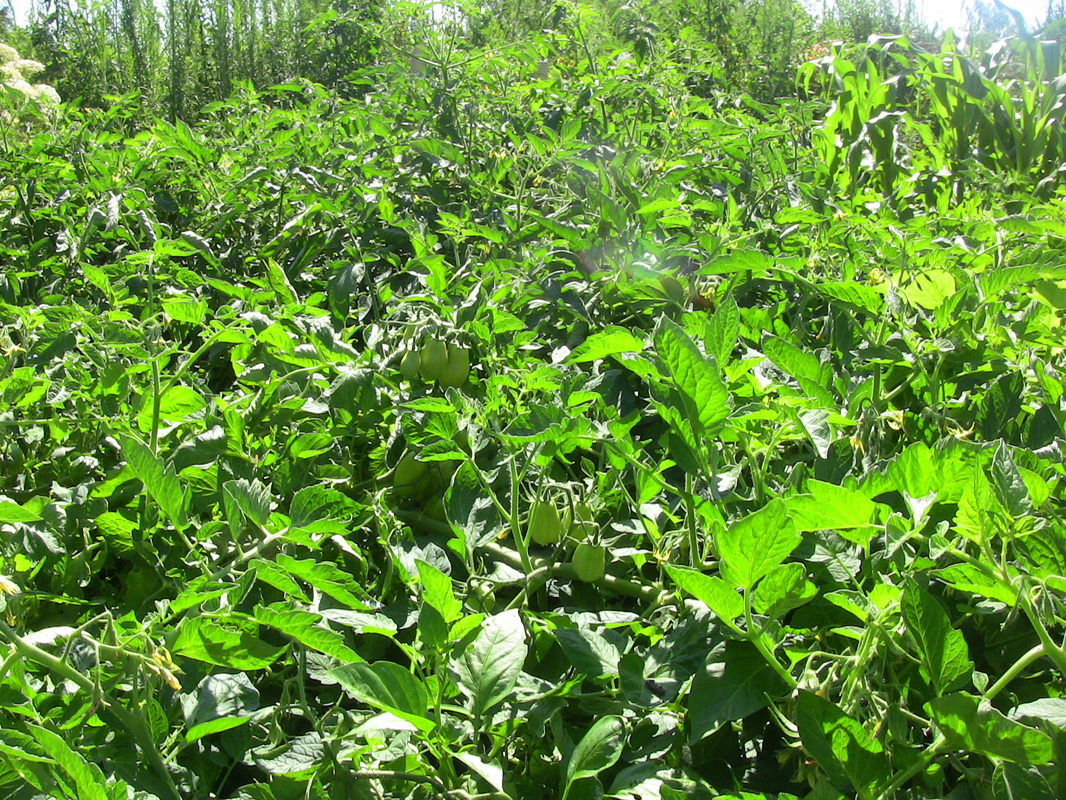
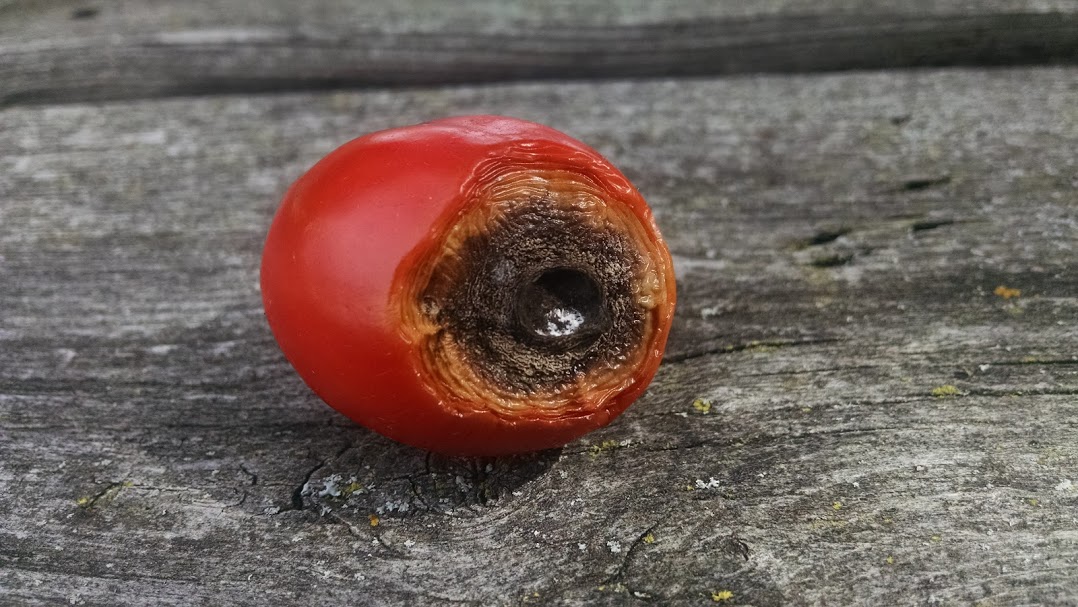
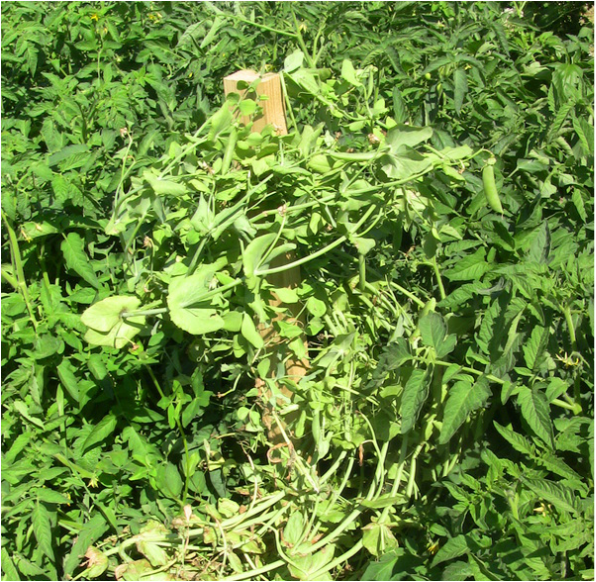
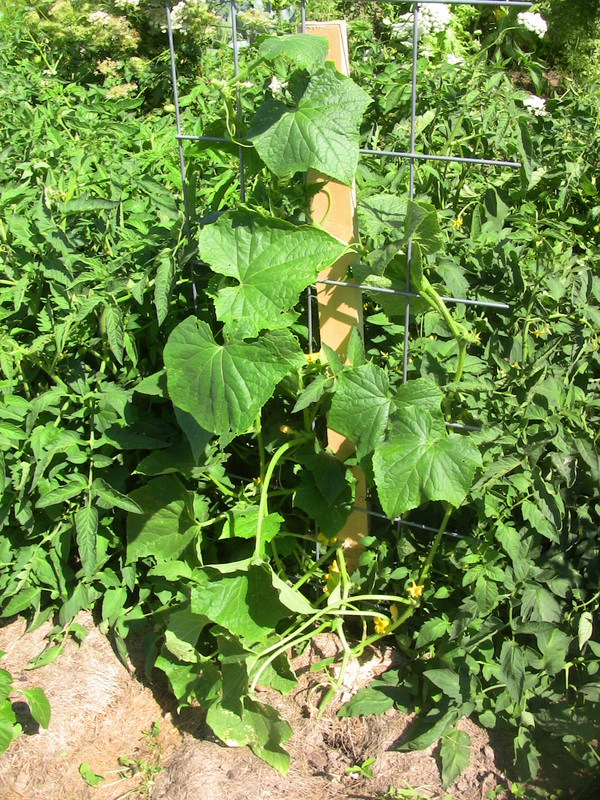
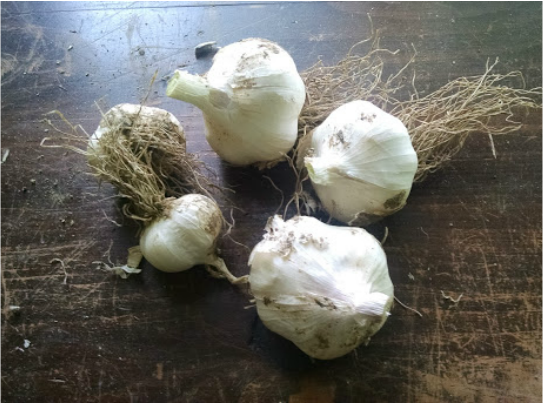

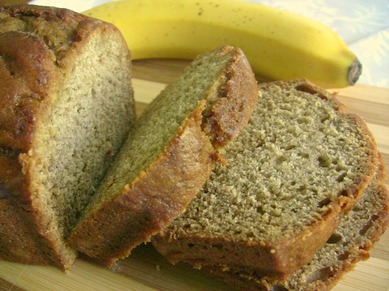
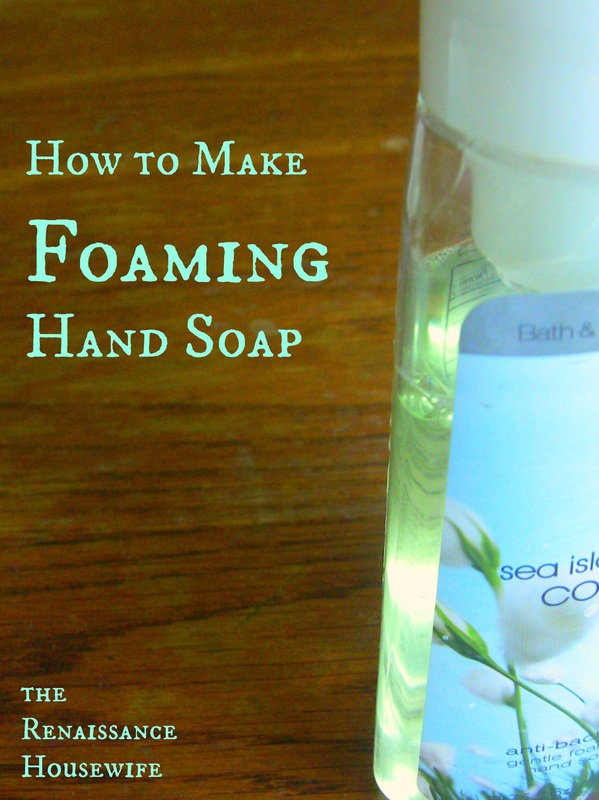
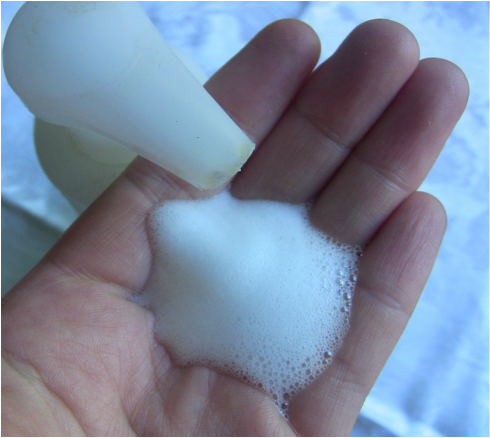
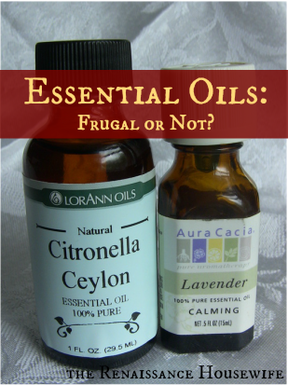

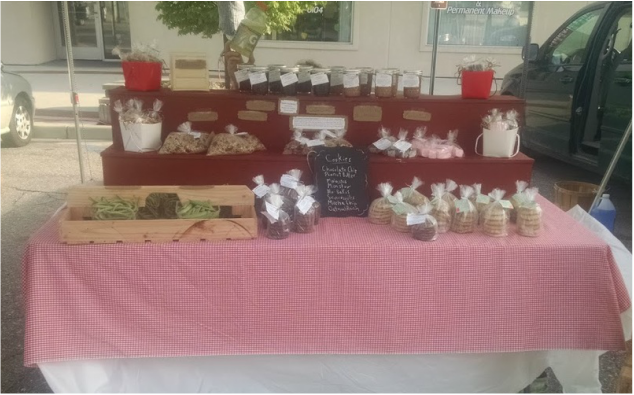
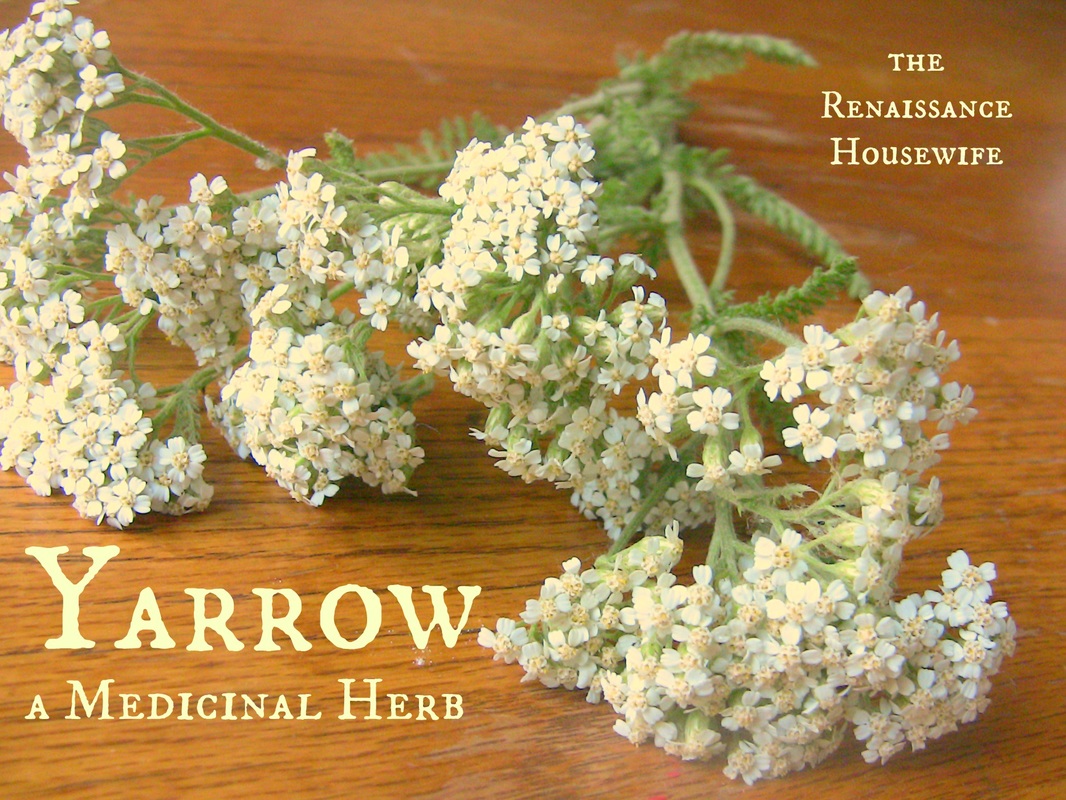
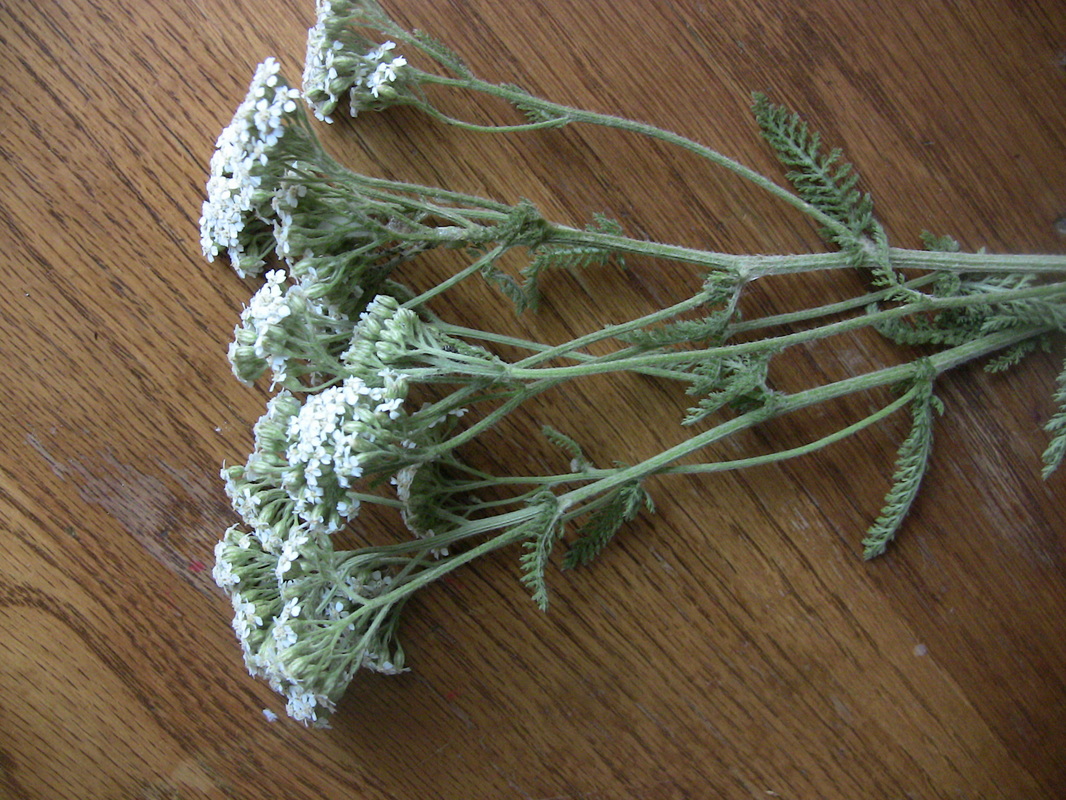
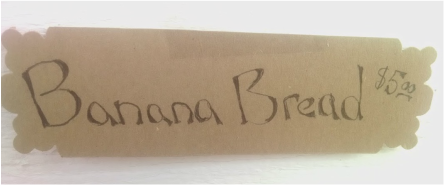
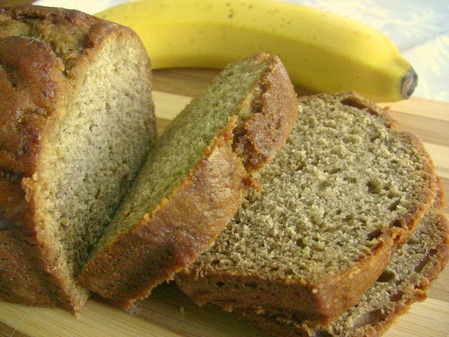

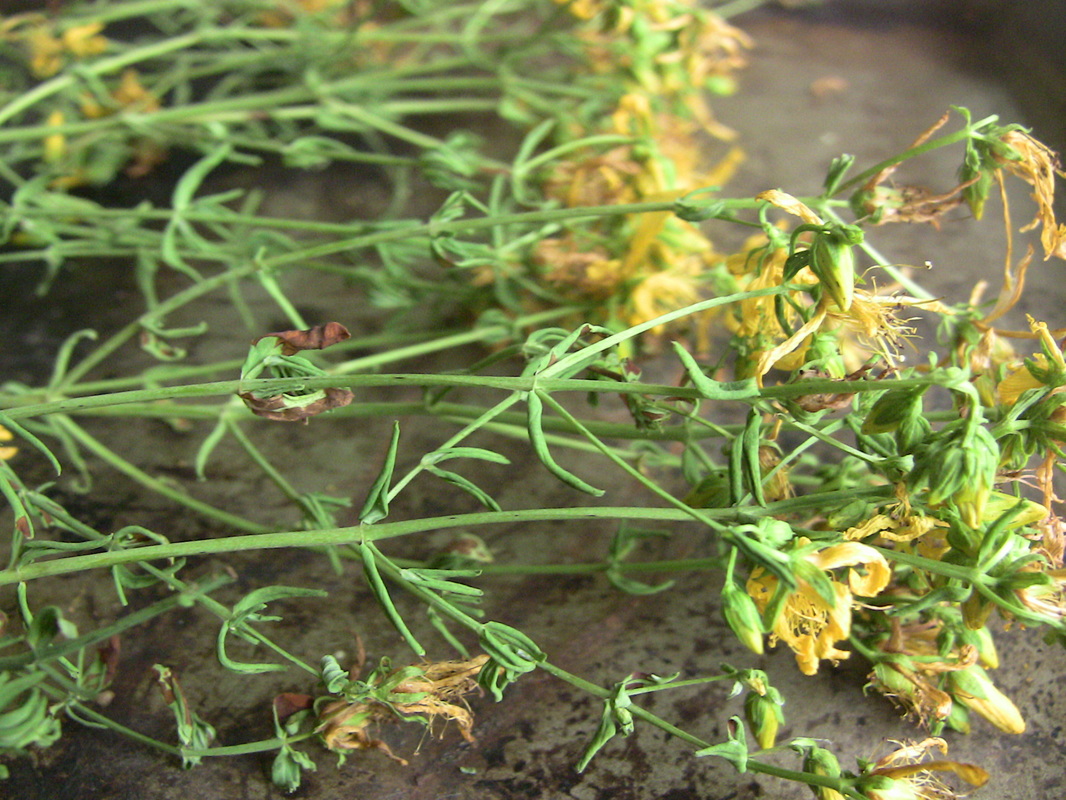
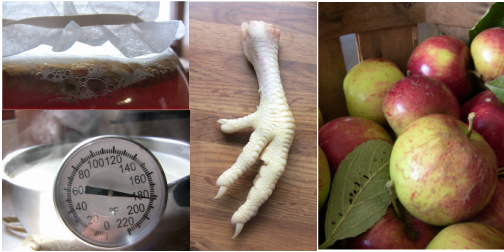

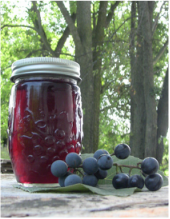
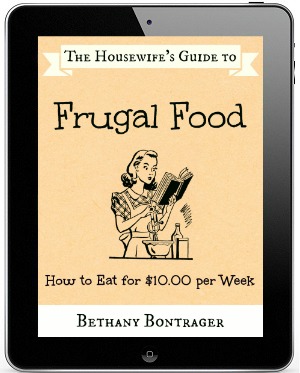
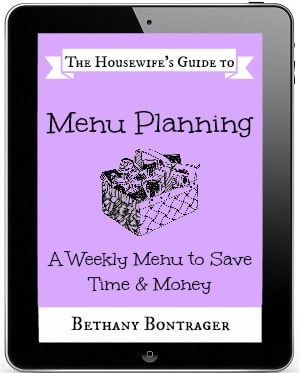
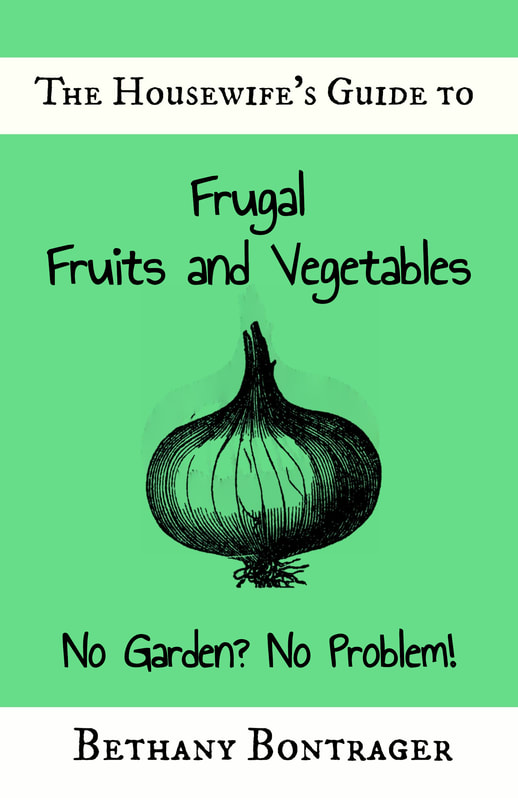

 RSS Feed
RSS Feed

